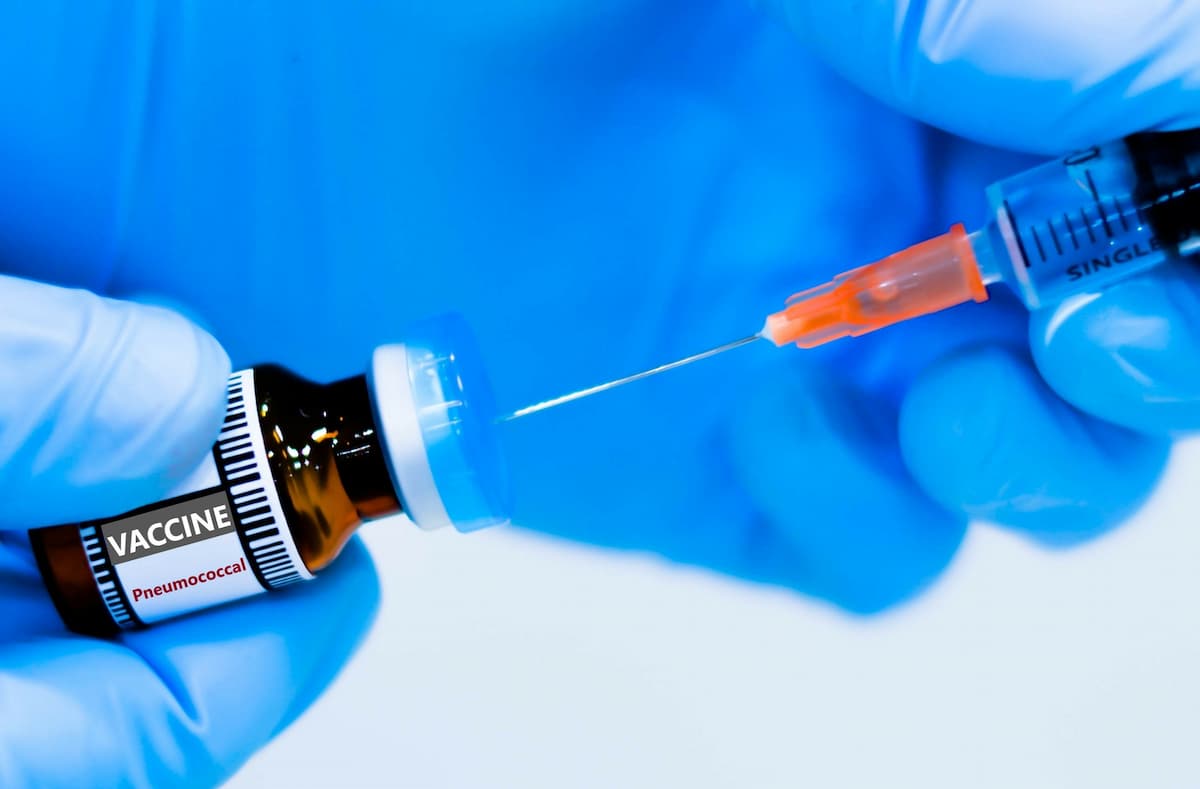Article
Europe Still Needs to Improve Response to HIV Epidemic
Author(s):
Prevention programs, HIV testing, and easier access to treatment are all areas that need to be addressed.
During a 2-day conference, HIV experts from across the European Union discussed how to reverse the HIV epidemic, and set up Europe to achieve the set target of putting an end to AIDS by 2030.
The conference was a collaborative effort, organized by the Maltese Presidency of the Council of the European Union (EU) and the European CDC (ECDC).
“This conference arose from excellent collaborative work with ECDC and Malta’s commitment and recognition of the importance of placing HIV higher up on the EU agenda during its Presidency Term,” said Chris Fearne, minister for health, Malta. “We believe that concerted efforts must include all stakeholders: including governments, health care providers, civil society, people living with HIV, and the specialized agencies like WHO [World Health Organization] and ECDC.
“We believe that tackling HIV is a regional, national, corporate, and individual responsibility. They all have a role to play in terms of clinical commitment, preventive action, universal access to health care, affordability, and access to medicines, testing, linkage to care, focus on key populations, zero tolerance to stigma, and individual behavioral responsibility.”
The United Nations Programme on HIV/AIDS (UNAIDS) set the 90-90-90 target to end AIDs by 2030. The goal is to have 90% of individuals with HIV diagnosed, 90% of diagnosed individuals on antiretroviral therapy (ART), and 90% of treatment individuals virally suppressed.
“Scaling up of testing is essential to reach our first 90 target,” Fearne said. “We need to make better use of various settings to enhance testing, incorporate innovative approaches to testing and reduce the barriers, especially in key populations. Knowledge of HIV status ‘in unaware persons’ might also help reduce new HIV infections—–those resulting negative may then take less risks, and if linked to care should achieve viral suppression, the third 90.”
The ECDC published an overview of both achievements and gaps in Europe’s response to HIV, which listed how countries addressed the epidemic in 2016, based on the commitment outlined in the Dublin Declaration on Partnership to Fight HIV/AIDS in Europe and Central Asia.
Overall, the results showed HIV treatment is initiated earlier across the EU/EEA, and that more individuals receive ART. However, 1 of 6 individuals diagnosed with HIV are still not undergoing treatment.
For those receiving ART, almost 9 of 10 individuals living with HIV are virally suppressed.
“If we take a look at the available data, we can see that Europe needs to improve its HIV response in several areas,” said Andrea Ammon, acting director of the ECDC. “Currently 2 out of 3 EU/EEA countries tell us that they do not have sufficient funding for preventing interventions. And every 1 in 7 of those living with HIV in the region is not aware of their infection.
“To reduce the number of new HIV infections in Europe, we need to focus our efforts in 3 main areas: prioritizing prevention programs; facilitating the uptake of HIV testing, for example by introducing new approaches like community-based testing or self-testing to diagnose those infected; and of course, easier access to treatment for those diagnosed.”
The European Monitoring Centre for Drugs and Drug Addiction (EMCDDA) also provided an overview of data on the HIV epidemic and prevention coverage among individuals who inject drugs.
“People who inject drugs have the highest proportion of late diagnosis of HIV, compared to other transmission groups,” said Alexis Goosdeel, director of the EMCDDA. “Providing voluntary testing for infectious diseases, risk behavior counseling, and assistance to manage illness at drug treatment facilities is an important additional avenue to reach this group and is among the new EU minimum quality standards for demand reduction.”
Thus far, ramping up effective drug treatment and harm reduction measures—–such as needle and syringe provision––have significantly reduced the number of drug injections and related HIV transmission in Europe.
Despite these developments, there are still large variations between countries, according to investigators. As documented in 5 EU countries in the recent past, marginalization of individuals who inject drugs, the lack of prevention coverage, and the appearance of new drugs, can trigger local HIV outbreaks.






